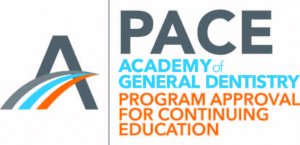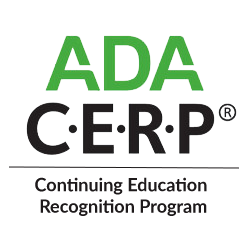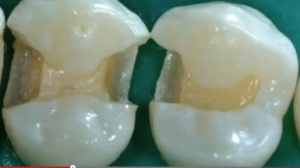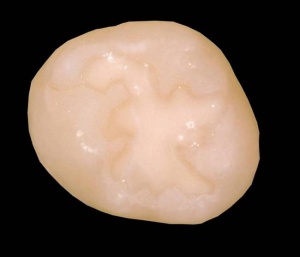Sealants and Preventive Resin Restorations – When & How
Product Details
Gordon J. Christensen, DDS, MSD, PhD
Are your sealants and preventive restorations achieving the best service potential for your patients? It has been proven that most sealants being placed today could serve much better if some changes were made in your procedure! What needs to be done to improve them? Along with live clinical demonstrations of the techniques discussed, this video answers:
- When to seal teeth?
- Which teeth should be sealed?
- How best to tell if occlusal lesions are present?
- What are the best materials for sealants?
- Do you need air abrasion units or air slurry polishers?
- What is the longevity of sealants?
- In what situations should a preventive resin restoration be placed?
- What procedures can you legally and easily delegate to staff?
- What are appropriate fees for sealants and preventive resin restorations?
This video, incorporating the most current research information, will upgrade and improve your sealants and preventive resin restorations!
Table of Contents
- Dental Caries - The Most Frequent Disease of Childhood
- Occlusal Tooth Anatomy
- Radiographs & Inital Caries Detection
- Electronic Devices & Caries Detection
- Visual Detection
- Dental Sealants - Effective for Several Decades
- Apparent Reasons for Sealant Failure
- Overcoming Weaknesses in the Sealant Procedure
- Cost Effectiveness
- Sealants vs Fissurotomies vs Conventional Restorations
- The Sealant Procedure
- The Preventive Resin Restoration
- Patient Introduction
- Tooth Isolation Concepts
- Placement of Commercial Sealant
- Preventive Resin Restoration
- Instructions to Patient
- Expected Longevity
- Upkeep of Sealants










